Home>Garden Essentials>How Long Does It Take For Jalapeño Peppers To Germinate
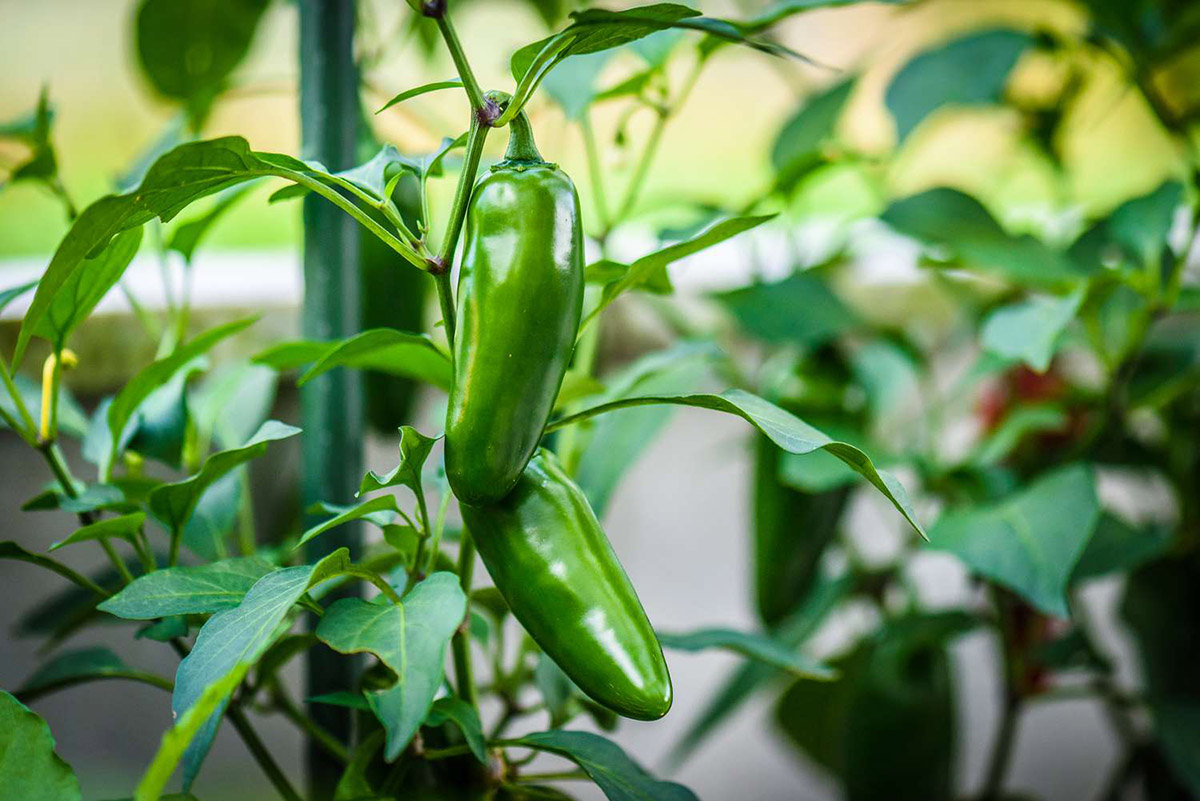

Garden Essentials
How Long Does It Take For Jalapeño Peppers To Germinate
Modified: March 16, 2024
Learn how long it takes for jalapenos to germinate in your garden and discover the secrets to successful pepper seed starting.
(Many of the links in this article redirect to a specific reviewed product. Your purchase of these products through affiliate links helps to generate commission for Storables.com, at no extra cost. Learn more)
Introduction
Welcome to the exciting world of gardening! Whether you are a seasoned gardener or a beginner looking to try your hand at growing your own produce, understanding the process of germination is key to successful cultivation. In this article, we will specifically focus on the germination of jalapenos, a popular pepper variety known for its spicy kick and versatility in the kitchen.
Germination is the process through which a seed begins to grow and develop into a new plant. It is a crucial stage in the plant’s life cycle, as it marks the beginning of its journey towards producing flowers, fruits, and ultimately, seeds of its own. For jalapenos, a combination of factors will determine the success of germination, including environmental conditions, seed quality, and proper care.
Understanding the factors that affect jalapeno germination is essential for setting up the ideal conditions to promote healthy growth. Once you have a good grasp of these factors, you will be able to optimize the germination process and increase your chances of a bountiful harvest.
In the following sections, we will explore the various factors that impact jalapeno germination, discuss the ideal conditions for successful growth, provide an estimate of the germination time, and offer some helpful tips to ensure your jalapeno seeds sprout and flourish.
Key Takeaways:
- Jalapeno seeds need warmth, moisture, and patience to sprout. Providing optimal conditions and high-quality seeds can lead to successful germination in 7 to 14 days.
- To grow healthy jalapeno plants, use well-draining soil, maintain proper moisture levels, and ensure good air circulation. Patience and care are key to a bountiful harvest.
Understanding Germination
Germination is a natural and complex process that occurs when a seed absorbs water, swells, and eventually develops into a seedling. It is a crucial step in the life cycle of any plant, including jalapenos. During this process, the seed reactivates its metabolic activities and begins to break down stored nutrients, enabling the embryo to grow and emerge from the seed coat.
Seeds contain all the essential components required for germination, including genetic material, nutrients, and protective coverings. When the conditions are favorable, the seed will initiate the germination process by absorbing water through its outer coat. This triggers the activation of enzymes within the seed, leading to the breakdown of starches and proteins into simpler forms that the seedling can utilize for growth.
For jalapenos, successful germination relies on several factors, including moisture, temperature, oxygen availability, and light conditions. Each of these factors plays a unique role in stimulating the seed to break dormancy and commence growth.
Moisture: Adequate moisture is essential for germination to occur. When a seed absorbs water, it activates enzymes that initiate the metabolic processes necessary for growth. However, excessive moisture can lead to fungal diseases and rot, so it’s important to find the right balance.
Temperature: Different plants have different temperature preferences for germination, and jalapenos are no exception. They thrive in warm conditions, with an ideal germination temperature ranging between 70 to 90 degrees Fahrenheit (21 to 32 degrees Celsius). Temperatures outside of this range can delay or inhibit germination.
Oxygen: Like any living organism, seeds require oxygen for respiration during germination. Adequate oxygen levels in the soil or growing medium are crucial for the seed to metabolize stored nutrients and produce energy for growth.
Light: While some seeds require light to germinate, jalapeno seeds are not particularly light-sensitive. They can germinate in both light and dark conditions. However, once the seedlings emerge, providing them with ample light is necessary for healthy growth.
Understanding these fundamental principles of germination will help you create the ideal conditions for jalapeno seeds to sprout and thrive. In the next section, we will explore the specific factors that affect jalapeno germination and how to optimize them for success.
Factors Affecting Jalapeno Germination
Several factors can influence the germination of jalapeno seeds. Understanding these factors will allow you to make informed decisions and create an environment conducive to successful germination. Let’s take a closer look at the key factors that affect jalapeno germination:
Seed Quality: The quality of the jalapeno seeds you use plays a vital role in germination success. Ensure that you source your seeds from a reputable supplier or choose to save seeds from healthy, fully ripe jalapeno peppers. High-quality seeds are more likely to have higher germination rates.
Seed Age: Seed viability decreases over time, so it’s best to use fresh jalapeno seeds. As seeds age, their ability to germinate decreases, resulting in lower germination rates. If you are using older seeds, you can perform a germination test to determine their viability before planting them.
Soil Moisture: Adequate moisture is essential for jalapeno seeds to germinate. The soil should be consistently moist but not waterlogged. Proper watering practices, such as providing a light misting or using a well-draining soil mix, will prevent waterlogging and ensure optimal moisture levels for successful germination.
Soil Temperature: Jalapeno seeds prefer warm soil temperatures for germination. The soil temperature should be maintained between 70 to 90 degrees Fahrenheit (21 to 32 degrees Celsius). You can use a seedling heat mat or germinate the seeds indoors in a warm area to provide the ideal temperature environment.
Seed Planting Depth: Plant jalapeno seeds at the optimal depth to promote germination. The general guideline is to plant the seeds at a depth of approximately ¼ to ½ inch (0.6 to 1.3 cm) deep. This will help the seeds receive adequate moisture and light while preventing them from drying out or being buried too deeply.
Light Conditions: As mentioned earlier, jalapeno seeds can germinate in both light and dark conditions. If you choose to germinate them in darkness, ensure that you provide sufficient light once the seedlings emerge. Place them under grow lights or in a sunny location that receives at least 6 to 8 hours of direct sunlight per day.
Air Circulation: Good air circulation is crucial for seed germination. Stagnant air can lead to fungal growth and disease. Ensure that your growing area is well-ventilated to prevent any issues. You can use a small fan to circulate the air or open windows to allow for natural airflow.
By considering these factors and making the necessary adjustments, you can create an optimal environment for your jalapeno seeds to germinate successfully. In the next section, we will discuss the ideal conditions required for jalapeno germination.
Ideal Conditions for Jalapeno Germination
To ensure successful germination of your jalapeno seeds, it is essential to provide the optimal conditions necessary for their growth. By creating an environment that meets the following criteria, you will increase the chances of your seeds sprouting and developing into healthy seedlings:
Temperature: Jalapeno seeds require warm temperatures to germinate. The ideal temperature range for germination is between 70 to 90 degrees Fahrenheit (21 to 32 degrees Celsius). You can achieve this by placing your seeds in a warm location, such as on top of a seedling heat mat, or by using a propagator with adjustable temperature controls.
Moisture: Proper moisture is crucial for jalapeno seed germination. The soil should be consistently moist but not waterlogged. Overwatering can lead to rot and fungal diseases, while underwatering can hinder germination. Aim to keep the soil evenly moist by misting it with water or using a spray bottle, taking care not to oversaturate the soil.
Seed Planting Depth: Plant your jalapeno seeds at the appropriate depth. The general guideline is to plant them at a depth of about ¼ to ½ inch (0.6 to 1.3 cm). Planting too shallow can expose the seed to drying out, while planting too deep may prevent it from receiving the necessary light for germination. Find the right balance to ensure optimal conditions.
Soil Quality: Use well-draining soil with a good balance of organic matter for jalapeno seed germination. Avoid compacted soils that can obstruct root growth and prevent seed emergence. Adding compost or organic matter to the soil can foster a healthy and nutrient-rich environment for the seeds to develop.
Light: While jalapeno seeds can germinate in both light and dark conditions, providing adequate light once the seedlings emerge is crucial for their growth. Place your seedlings in a sunny location where they can receive at least 6 to 8 hours of direct sunlight per day. Alternatively, you can use fluorescent grow lights to ensure they receive adequate light indoors.
Patience: Germination is a process that takes time, and it’s important to be patient. Depending on the specific conditions and seed quality, jalapeno seeds typically take anywhere from 7 to 14 days, on average, to germinate. During this time, it is crucial to maintain the ideal conditions and monitor the progress of your seeds.
By providing these ideal conditions, you are giving your jalapeno seeds the best chance to germinate and thrive. However, keep in mind that gardening is often a dynamic process, and it may require adjustments along the way. In the next section, we will discuss the estimated germination time for jalapenos and provide some tips for successful germination.
Jalapenos typically take 7-10 days to germinate. Keep the soil consistently moist and provide warmth for best results.
Germination Time for Jalapenos
Jalapeno seeds typically germinate within a range of 7 to 14 days, depending on various factors such as temperature, moisture levels, and seed quality. While some seeds may sprout as early as 5 days, others may take up to 21 days or more. It’s important to note that individual seed viability and environmental conditions can influence the germination time.
Temperature plays a significant role in determining the germination time for jalapenos. Warmer temperatures within the ideal range of 70 to 90 degrees Fahrenheit (21 to 32 degrees Celsius) can accelerate germination. If you provide consistent warmth, you may see your seeds sprout earlier. On the other hand, cooler temperatures can slow down the germination process and extend the time it takes for the seeds to emerge.
Moisture is another critical factor. Ensuring that the soil remains consistently moist but not overly saturated is key. The presence of moisture will help activate enzymes within the seed, kickstarting the germination process. By carefully monitoring and maintaining proper moisture levels, you can provide the necessary conditions for quicker and more successful germination.
Seed quality also plays a role in germination time. If you are using high-quality fresh seeds, they are more likely to have good viability and germinate faster. However, if you are using older seeds, there may be a reduction in germination rates, resulting in a longer germination time or even failure to germinate altogether. Performing a germination test before planting older seeds can help you determine their viability.
It is important to exercise patience during the germination process. While some seeds may sprout quickly, others may take longer. Avoid the temptation to disturb or prematurely remove seeds that have not yet germinated. Give them the time they need, ensuring that you maintain the optimal conditions for germination.
Once the seeds have successfully germinated and the seedlings have emerged, it’s important to provide them with adequate light and continue nurturing them to promote healthy growth. Offering the right conditions, such as sufficient light, proper watering, and adequate feeding, will help the seedlings thrive and develop into robust plants.
Now that you have a good understanding of the germination time for jalapenos, let’s move on to the next section, where we will share some tips to improve your chances of successful jalapeno germination.
Tips for Successful Jalapeno Germination
Germinating jalapeno seeds can be an exciting and rewarding experience. To improve your chances of successful germination and ensure healthy growth, consider the following tips:
- Start with high-quality seeds: Choose seeds from a reputable source or save seeds from healthy, fully ripe jalapeno peppers. High-quality seeds with good viability will have a higher chance of successful germination.
- Perform a germination test: If you are unsure about the viability of your jalapeno seeds, you can perform a germination test. Place a few seeds between moist paper towels or in a seed tray to see how many of them sprout. This will give you an indication of their viability and help you determine if additional seed sourcing is necessary.
- Pre-soak the seeds: Some gardeners find that pre-soaking jalapeno seeds in room temperature water for several hours before planting can help kickstart the germination process. This can soften the seed coat and encourage quicker germination.
- Use a well-draining soil mix: Ensure that the soil or growing medium you use provides good drainage. This will prevent waterlogged conditions that can lead to rot and fungal diseases. A mix of peat moss, perlite, and compost is a popular choice for starting jalapeno seeds.
- Plant seeds at the appropriate depth: Plant your jalapeno seeds at a depth of about ¼ to ½ inch (0.6 to 1.3 cm) deep. This allows for proper absorption of moisture and exposure to light. Planting too shallow or too deep can hinder or delay germination.
- Maintain optimal moisture levels: Keep the soil consistently moist, but avoid overwatering. A misting or light watering with a spray bottle can help maintain proper moisture levels. Ensure that the soil does not dry out, as this can hinder germination.
- Provide adequate warmth: Jalapeno seeds prefer warm temperatures for germination. Use a seedling heat mat or place the seed tray in a warm location, such as near a heat source or in a greenhouse, to maintain the ideal temperature range of 70 to 90 degrees Fahrenheit (21 to 32 degrees Celsius).
- Ensure proper air circulation: Good air circulation is crucial to prevent fungal diseases and promote healthy growth. Use a small fan or open windows to provide adequate airflow in the germination area.
- Label your seed trays: It’s easy to forget which seeds you have planted, especially if you are growing multiple varieties. Use labels to identify the jalapeno seeds in your trays. This will help you keep track of their progress and differentiate them from other plants.
- Be patient: Remember that germination takes time, and not all seeds will sprout simultaneously. Some seeds may take longer than others. Patience is key, so maintain the optimal conditions and give them the time they need to germinate.
By following these tips, you can improve the success rate of your jalapeno germination and set yourself up for a bountiful harvest of spicy peppers. Remember to continue providing optimal care and attention to your seedlings as they grow into mature plants.
Now that you have a comprehensive understanding of jalapeno germination and the essential factors for success, you are well-equipped to embark on your gardening journey. Happy growing!
Conclusion
Congratulations! You have reached the end of this article and have gained valuable insight into the germination process of jalapenos. Understanding the factors that influence germination, creating optimal conditions, and following helpful tips will greatly increase your chances of successful germination and the growth of healthy jalapeno plants.
Remember that the quality of your seeds, the environment you provide, and your patience are all vital components of the germination process. By starting with high-quality seeds, ensuring proper moisture levels, maintaining optimal temperatures, providing adequate light, and practicing good airflow, you will give your jalapeno seeds the best chance of success.
While germination times may vary, depending on specific conditions and seed quality, the average germination period for jalapenos ranges from 7 to 14 days. It is crucial to be patient and monitor your seeds’ progress, making adjustments as needed to maintain optimal conditions throughout the process.
Once your jalapeno seeds have successfully germinated and seedlings have emerged, continue to provide the care they need. This includes sufficient light, proper watering, and a suitable growing medium. With time and nurturing, your seedlings will grow into healthy jalapeno plants, rewarding you with a bountiful harvest of spicy peppers.
Remember, gardening is a journey of learning and experimentation. Each seed you plant is an opportunity to refine your skills and deepen your understanding of the natural world. Don’t be discouraged by setbacks or failures. Instead, embrace them as learning experiences and opportunities for growth.
Now that you possess the knowledge and tips necessary for successful jalapeno germination, get your hands dirty, enjoy the process, and watch your jalapenos flourish. Whether you’re growing them in a garden bed, containers on a balcony, or even indoors, the satisfaction of harvesting your own homegrown jalapenos will be worth the effort.
So, get ready to spice up your culinary creations with the spicy goodness of freshly grown jalapenos. Happy gardening and bon appétit!
Frequently Asked Questions about How Long Does It Take For Jalapeño Peppers To Germinate
Was this page helpful?
At Storables.com, we guarantee accurate and reliable information. Our content, validated by Expert Board Contributors, is crafted following stringent Editorial Policies. We're committed to providing you with well-researched, expert-backed insights for all your informational needs.
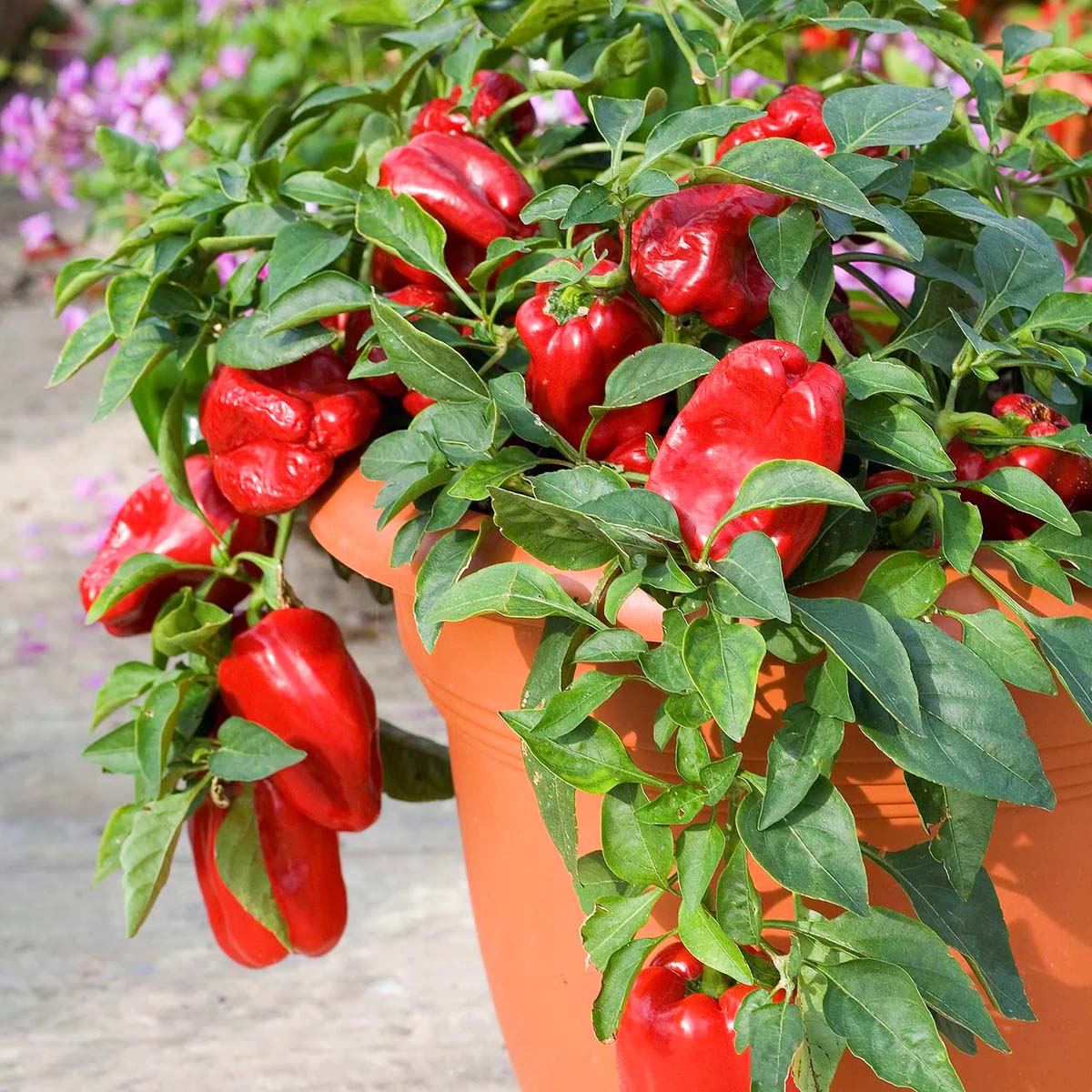
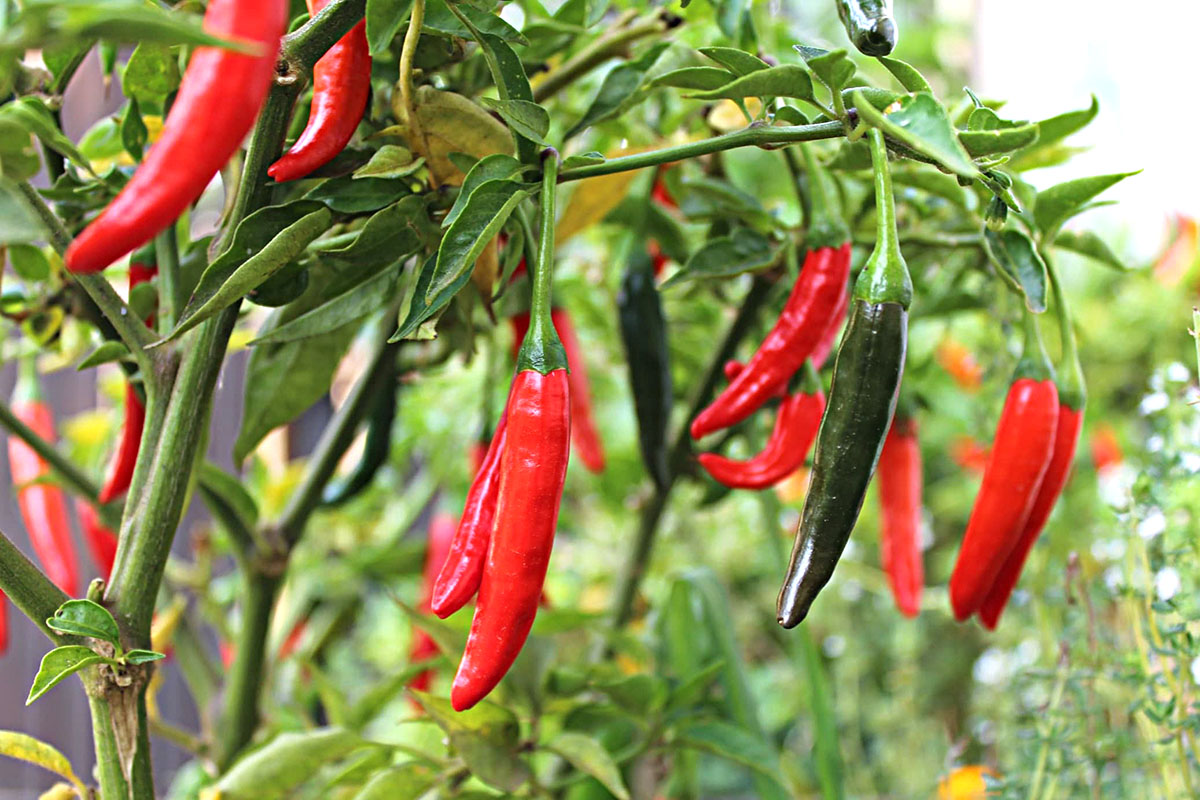
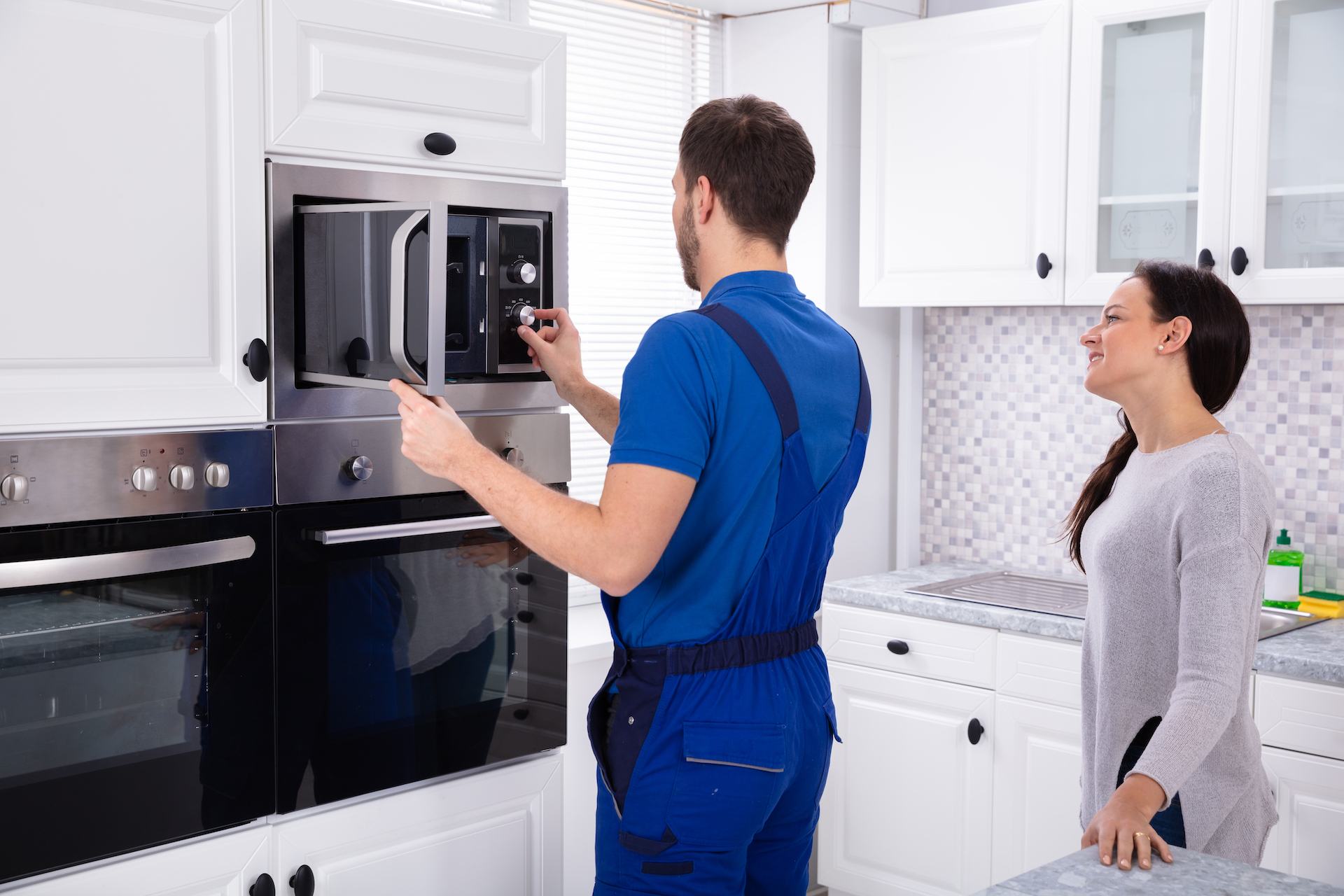







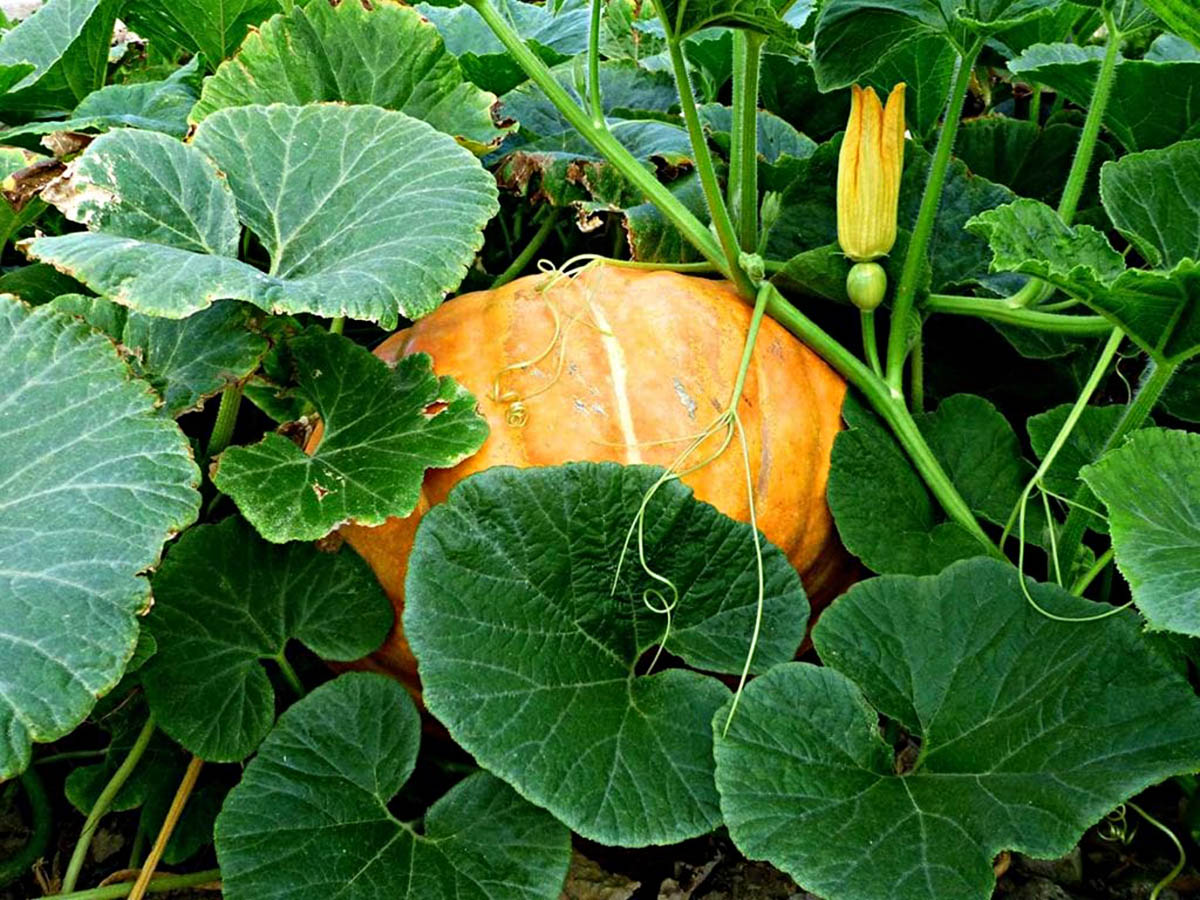
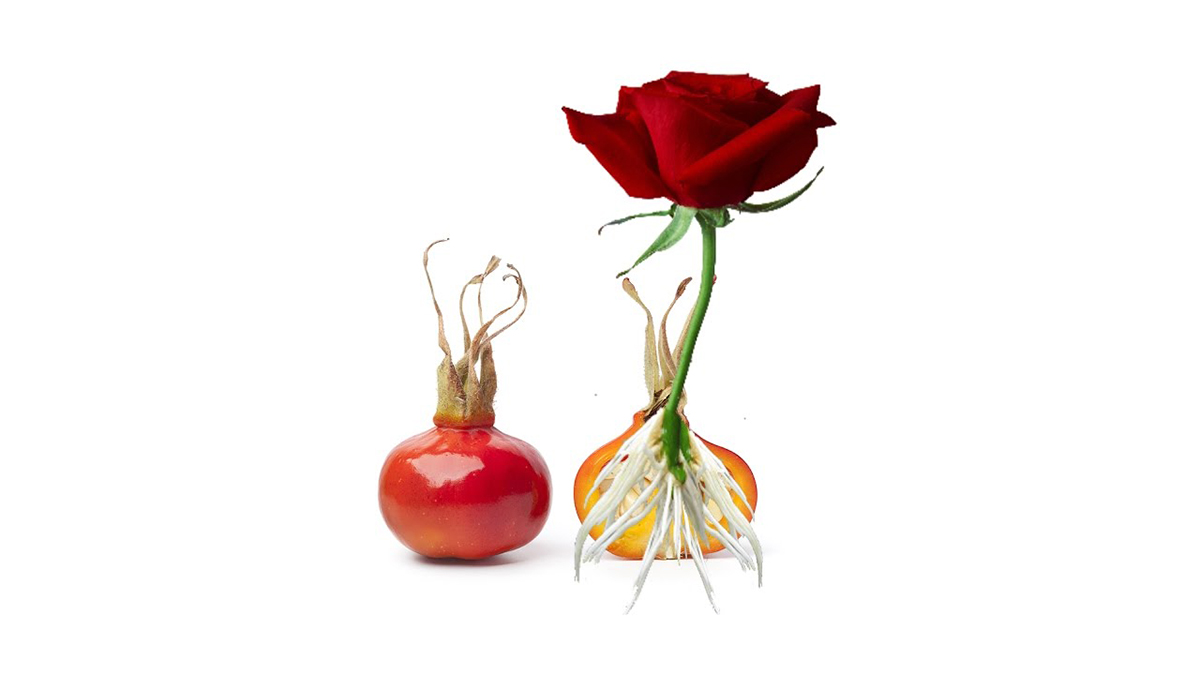
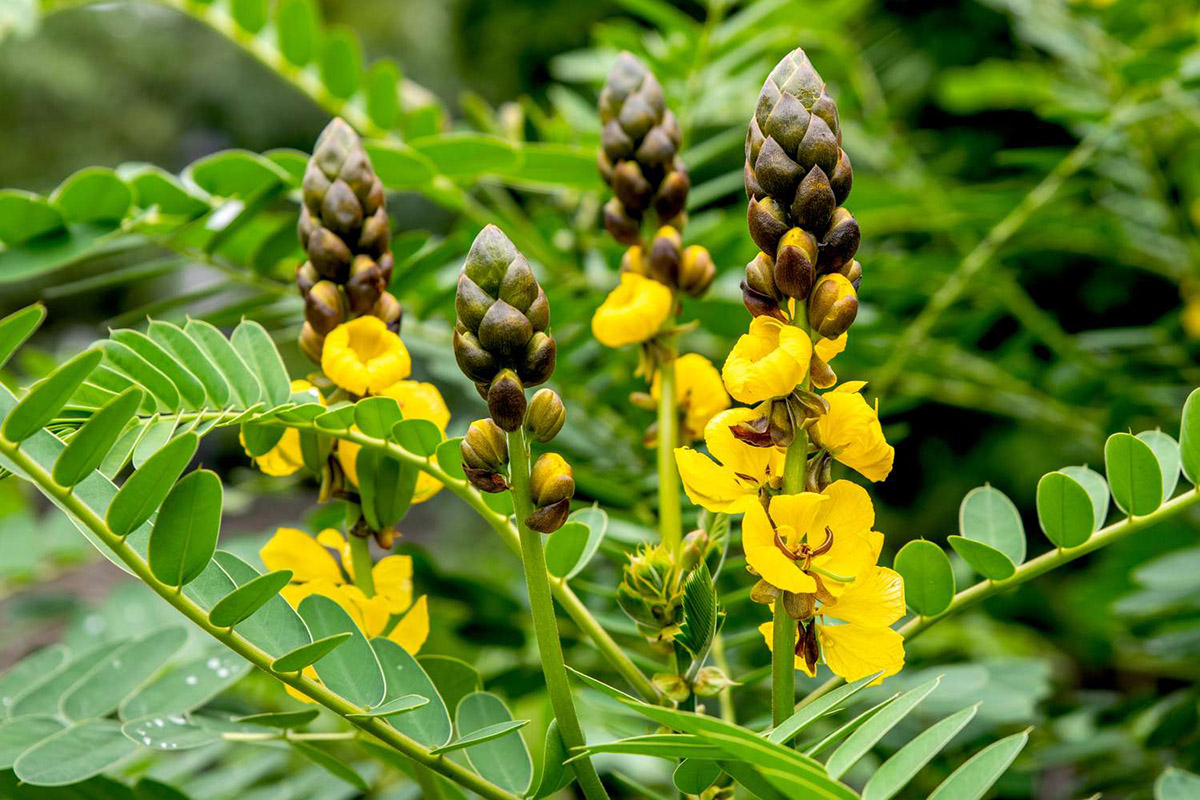
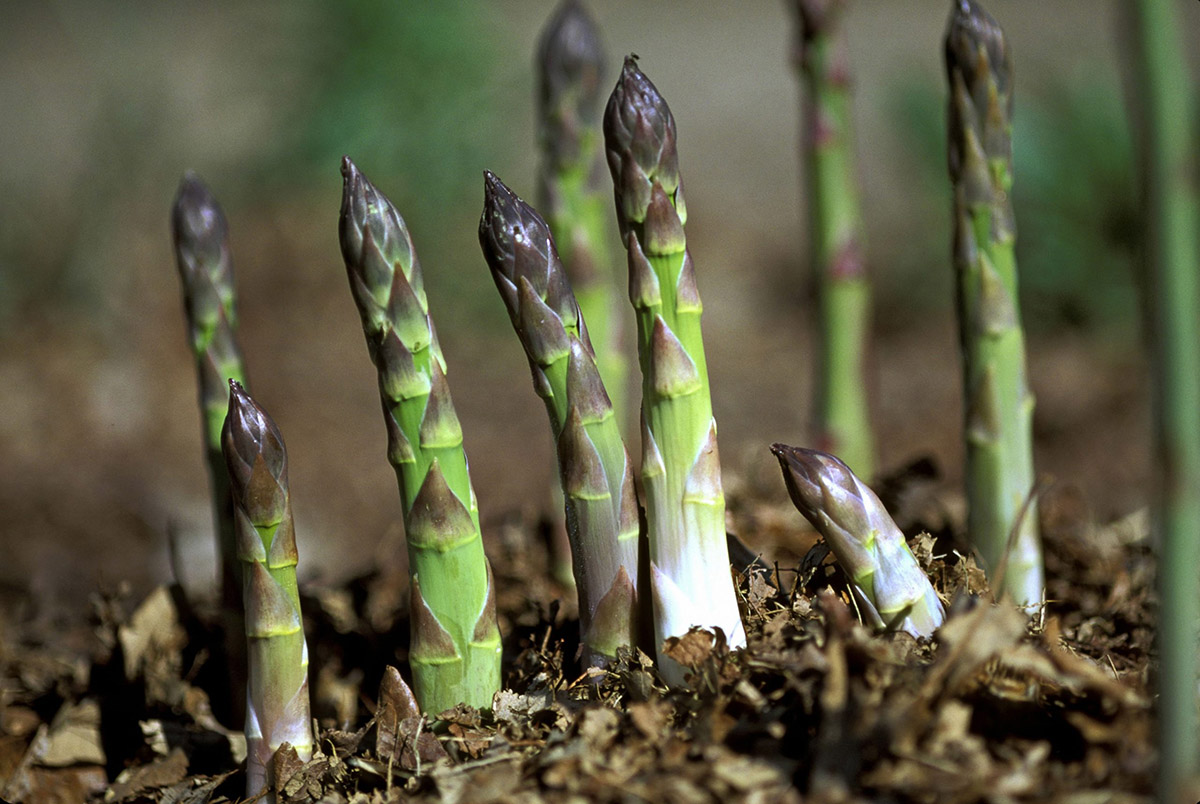

0 thoughts on “How Long Does It Take For Jalapeño Peppers To Germinate”